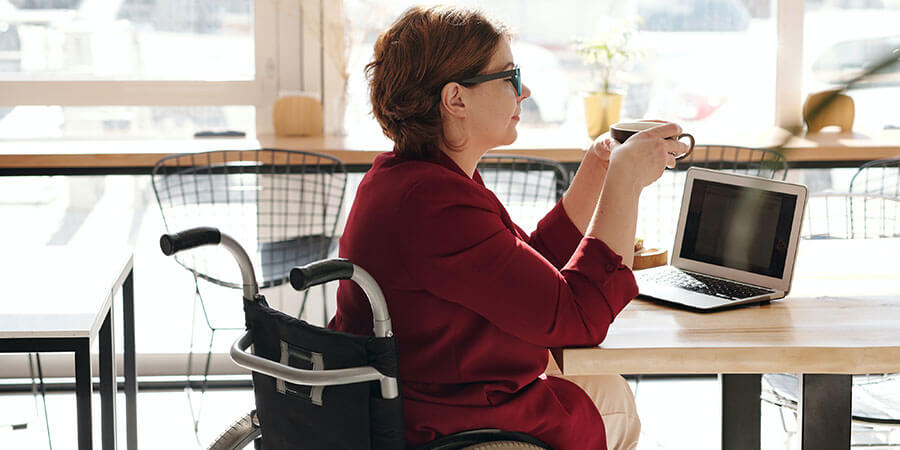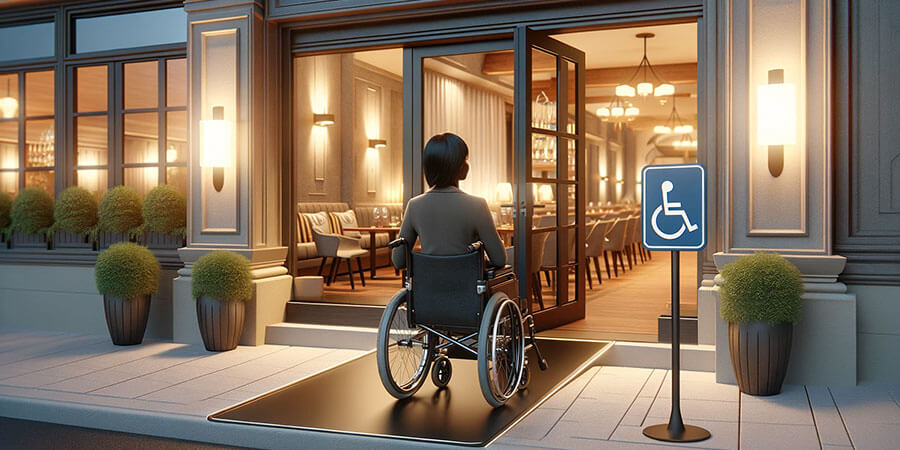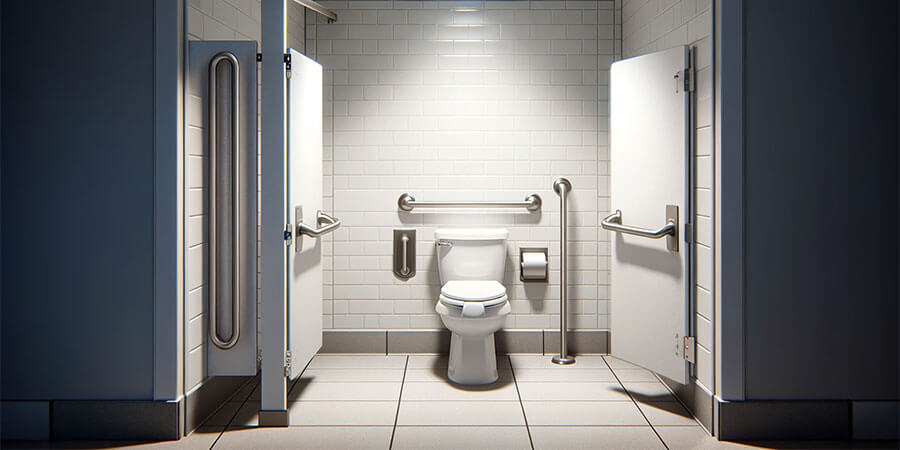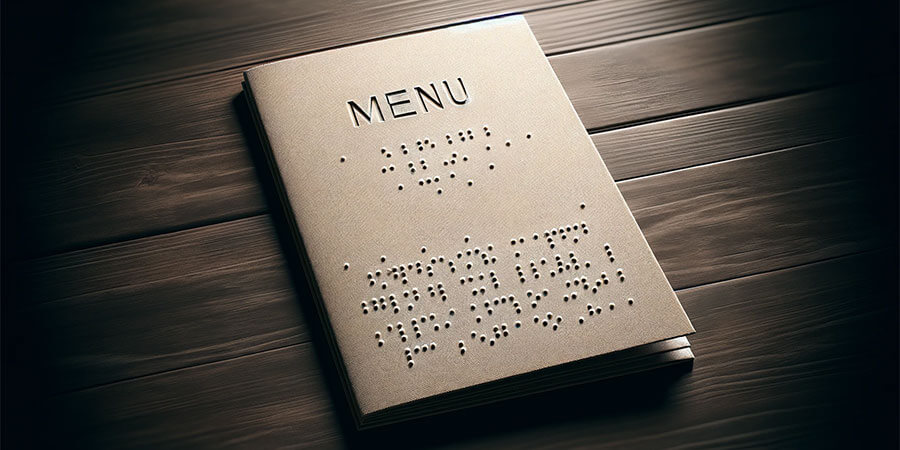What Makes a Restaurant Accessible?

The average American dines out thrice a month with 51% saying that it’s more convenient to cooking while 44% enjoy socialization according to a recent survey by US Foods. However, for the 42.5 million Americans with disabilities, eating out can become a challenge. Not all restaurants are inclusive or accessible making it difficult for diners with disabilities to enjoy a meal outside of their homes. From outdoor and indoor accessibility to seating arrangements and communication barriers, restaurants can improve their inclusivity and accommodate working-age Americans with handicap whose annual discretionary income amounts to more than $20 billion.
Physical Access
One of the main accessibility issues is physical access to the premises. Many restaurants are not easy to get in and out for individuals with impairments. Steps at the entrance, narrow doorways, and tight spaces between tables are some of the issues making it hard for those with disabilities to use the areas comfortably. For example, wheelchair users face restrictive barriers when going out. Hence, the right adaptations must be put in place to promote full mobility and independence among customers. Maintaining ground level and widened access areas as well as ramps and extra-wide parking spaces can ensure that people with handicap can enter and exit the grounds easily.

Indoors, restrooms must be easy for wheelchair users to navigate as well as individuals who use walking aids and other assistive devices. Wide doors, automatic sliding doors, grab bars, and adequate space for wheelchair users to maneuver are some upgrades a dining place can adopt. Changing tables and sink accessibility are other important features making sure that they are at an appropriate height with knee clearance under. Soap dispensers, paper towel dispensers, and hand dryers must be positioned at a reasonable height and easy to use for people with various disabilities. Clear and easy to read signage with both visual and tactile elements must also be available while braille signs are essential for individuals with visual impairments. Good lighting is indispensable as well as accessible mirrors of various heights to accommodate individuals with different heights and mobility needs.

Communication Barriers
The ability to communicate well is part of the dining experience. For diners with hearing impairments, communication in a noisy restaurant can be a problem. Those who are unable to speak will also find it challenging to convey their thoughts to the wait staff or management. Thus, a restaurant must be able to interact with clients who have disabilities by training employees to do sign language, providing assistive listening devices, and making menus in accessible formats, online or print forms.

Failure to understand each other properly can result to negative outcomes. In addition, staff or management may not understand the needs of people with handicap or may hold biased beliefs leading to discrimination or unwelcome attitudes. Furthermore, diners with disabilities may require additional time or assistance in making menu choices or eating. Restaurants may not always be willing or able to accommodate this which can be a problem. According to the Americans with Disabilities (ADA) act, food service establishments must refrain from discriminating against people with debilities while adhering to strict public health rules. Hence, it is vital that management and its personnel recognize the needs of customers with disabilities.
Sensory Problems
Sensory overload is another issue that may burden restaurant goers who have autism, dementia, post-traumatic stress disorder (PTSD), or similar conditions. It can manifest in several ways and can be triggered by crowded and noisy environments, bright or flashing lights, or strong odors in a restaurant. The good news is there are restaurants that aim to accommodate all guests with sensory issues. To illustrate, Atlanta’s award-winning restaurant, Lazy Betty recently announced its Sensory InclusiveTM Certification from KultureCity. Its staff is trained by medical professionals teaching them to recognize diners with sensory needs and how to respond to a sensory overload situation. Noise-canceling headphones, fidget tools, and verbal cue cards may be offered to guests who are overwhelmed by the restaurant environment.
In India, Mumbai’s Mirche and Mime restaurant is exclusively staffed by personnel with speech and hearing impairment. The way to communicate is to use sign language and diners are going to be guided by the menu how to do it. For those who appreciate silence, the restaurant offers an inclusive dining experience without the need for words, or at least very few of them. The restaurant took after the Signs restaurant in Canada which unfortunately shut its doors in September 2016.
Efforts are ongoing to enhance the accessibility and inclusivity of restaurants for people with disabilities. Improvements to physical access and communications as well as addressing sensory overload can enhance the dining experience of those with infirmities.
Share This!